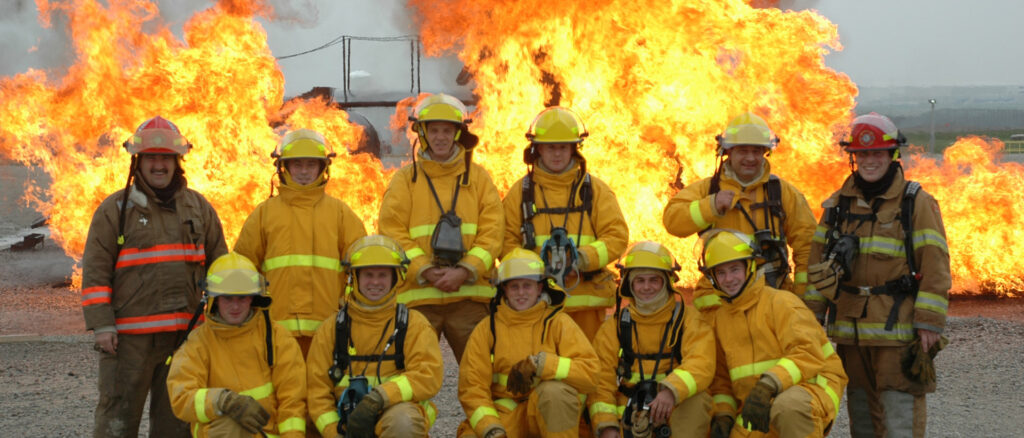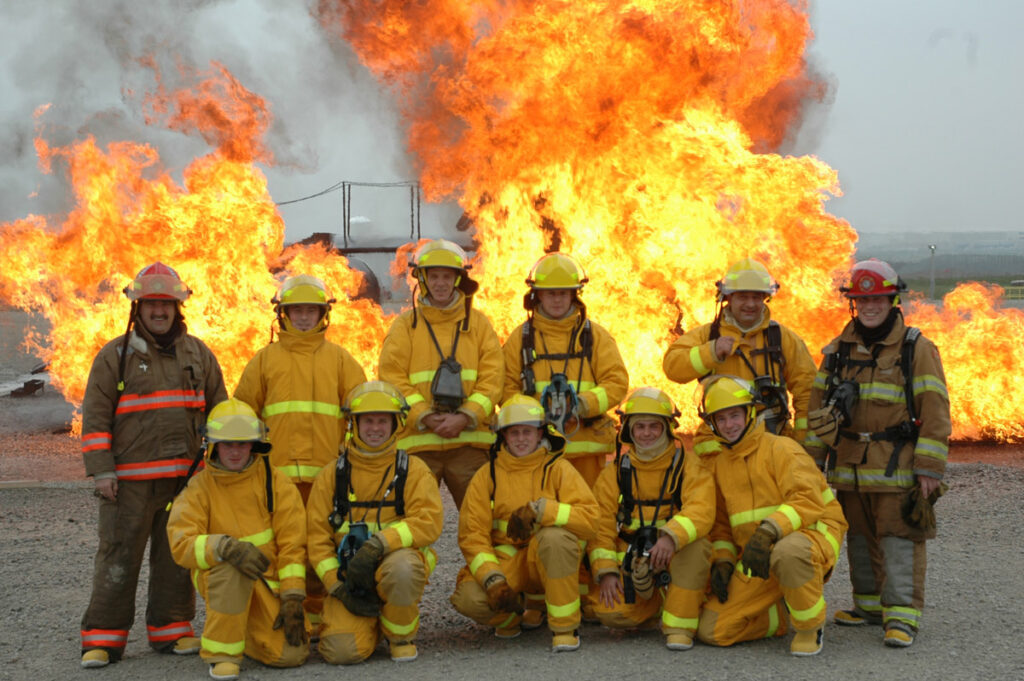How to Comply with the Ontario Fire Code
Estimated reading time: 5 minutes

The Ontario Fire Code (OFC) compliance requirements are designed to protect lives and structures through fire emergency protection and prevention laws. Even the basic regulations of fire extinguisher training is an important part of fire safety.
What Is the Ontario Fire Code?
The Ontario Fire Code is the first step towards fire prevention and fire protection by outlining requirements, guidelines, and regulations in the province. It is a regulation under The Ontario’s Fire Protection and Prevention Act (FPPA).
The OFC provides the standards commercial and residential buildings must follow in terms of fire safety. It encompasses the technical, electrical, and mechanical requirements for the internal, external, and structural components of buildings. The local municipal fire department enforces the OFC in communities.
Who Is Responsible for Complying with the Ontario Fire Code?
Fire safety and the Ontario Fire Code guidelines are everyone’s business. It is designed to protect lives and property by holding everyone accountable. The following people and organizations must comply:
- Building owners
- Occupants and tenants
- Employers
- Contractors and developers
- Property managers
- Municipal fire departments
- Local fire authorities
- Ontario Ministry of the Solicitor General
- Fire inspectors and officials
- Fire safety coordinators
The Importance of Complying with the Ontario Fire Code
- Protect Lives: The Ontario Fire Code includes requirements for safe evacuations through the use of fire alarms, fire extinguishers, and fire escape access.
- Prevent Fires: To reduce the potential for fire incidents, the Ontario Fire Code has regulations for the storage of flammable materials.
- Reduce Fire Damage: The Ontario Fire Code contains requirements for the construction of buildings with fire-resistant materials to help lessen fire damage.
- Protect the Environment: As flammable materials can lead to hazards and damage to the environment, the Ontario Fire Code includes requirements for the disposal of said materials.
General Requirements for Complying with the Ontario Fire Code
- Regular inspection and testing of fire alarms, sprinkler systems, and fire extinguishers
- Fire escape plan
- Frequent fire drill practice
- Offer fire safety education and training to occupants and employees
- Fire-resistant building materials as per code standards
- Electrical systems and heating equipment that meet fire safety standards
- Regular fire inspections to ensure compliance and obtain necessary certifications
- Temporary fire safety measures for construction or renovation projects
More Specific Requirements for Complying with the Ontario Fire Code
There are structures that require additional and more specific conditions than others. Commercial buildings require:
- Fire alarm systems monitored by a central station
- Self-closing fire doors
- Fire extinguishers located throughout the building
Residential buildings require:
- Smoke alarms on every level of the home
- Carbon monoxide detectors in all sleeping areas and near heating devices
- Fire escape plans accessible to all occupants
Consequences of Non-Compliance of the Ontario Fire Code
- Fines and Penalties: Neglect or failure to adhere to any portion of the OFC will result in hefty fine and penalties, dependent on the severity of the offense. Any repeated violations can lead to more serious consequences.
- Closure Orders: These serious consequences, and in situations where the non-compliance is a potential risk to one’s life or property damage, can lead to the temporary closure of the business or residency. Under the orders of the Fire Marshal, the closure may remain until all concerns are addressed.
- Legal Liabilities: In addition to fines and/or possible loss of revenue if a closure occurs, a property owner could be served with a lawsuit if any damage or injury occurs because of the violation.
- Insurance Implications: A business or residency organization has a legal obligation to carry appropriate insurance. With an OFC non-compliance order, there is a risk for a premium increase and/or cease of coverage by the insurance company.
- Reputational Damage: While some business owners believe “there’s no such thing as bad publicity”, with a violation of a fire code, it can adversely affect the business’ reputation. Whether the situation is intentional or not, an order from the Fire Marhsal can see a decline in the public’s trust of the business or organization.
- Increased Fire Risk: The OFC is designed to help prevent the risk of fire incidents. By not complying with the guidelines and policies, a business or organization is putting lives at serious risk. All regulations are in place to protect against property damage and injury.
- Difficulty Obtaining Permits: Once an order by the Fire Marshal has been placed, it may be difficult for certain businesses and residences to access building and zoning permits once the order has been lifted.
- Corrective Action Costs: Depending on the reason for the non-compliance order, the costs to rectify the matter can be significant. Business and residence owners may need to install and upgrade fire safety equipment which can cost thousands of dollars on top of potential fines.
- Legal Action by Authorities: With the OFC, government and fire authorities have the right to take legal action if an upper level of safety and security has been found to be in non-compliance. This can see legal proceedings take years to complete, adding extra expenses.
- Criminal Charges: Legal actions involving criminal charges may arise with particular non-compliance violations. If a fire incident results in injury, property damage, or loss of life, the owners of the structures involved could be charged.
Meet Ontario Fire Code Compliance Requirements with Our Training Program
The Fire and Emergency Services Training Institute (FESTI) offers comprehensive Ontario Fire Code (OFC) training for supervisors and staff. We have an extensive line of programs and courses for firefighter training certification.
The Supervisory Staff and Ontario Fire Code is a half-day training program under our emergency service professionals grading designed for superintendents, property and building managers and owners. This program outlines the legal responsibilities under Section 2.8 of the OFC.
For more information, contact us with this form and we will be pleased to speak to you!
Recent Posts
- How to Comply with the Ontario Fire Code
- Mastering the Maze: Navigating Complex Industrial Firefighting Scenarios
- From Flames to Rescue: Exploring the Challenges Faced by Aircraft Firefighters
- How to Become a Fire Inspector in Canada
- Why Fire Extinguisher Training Is Important to Comply with OSHA Regulations


